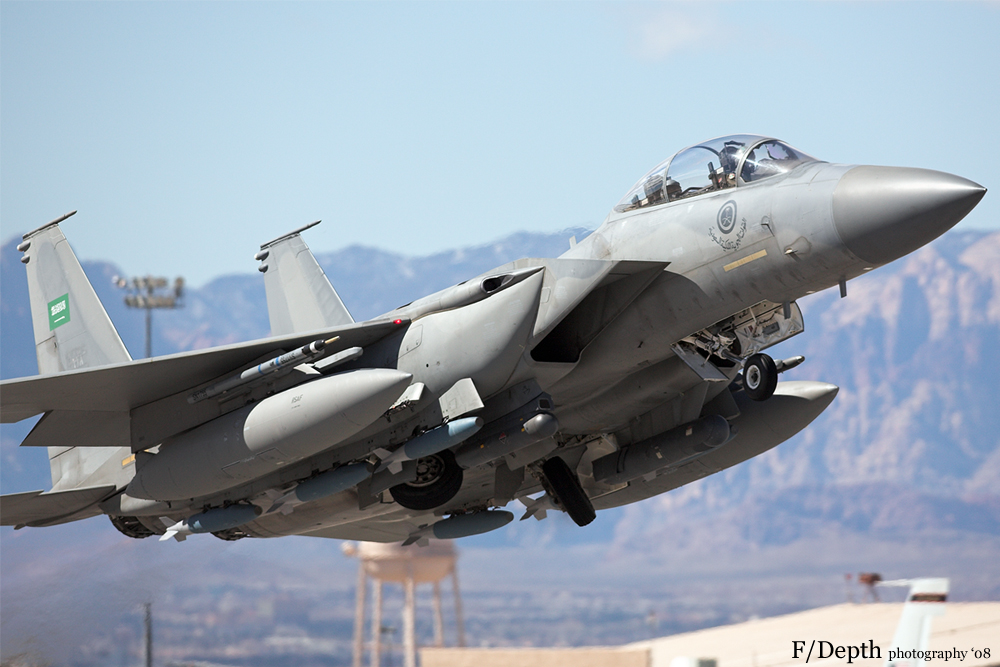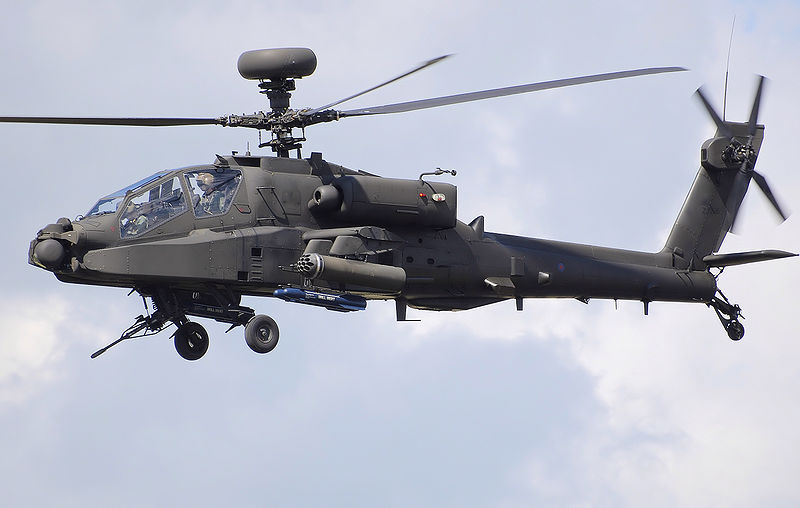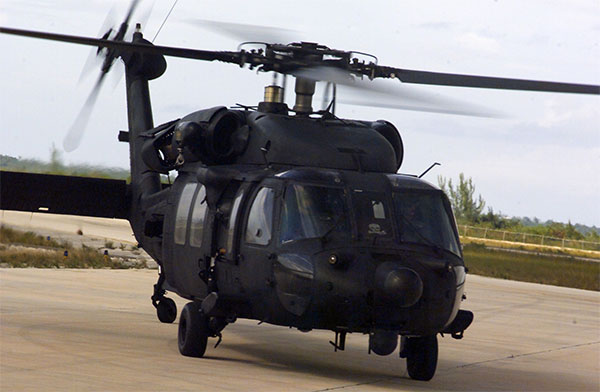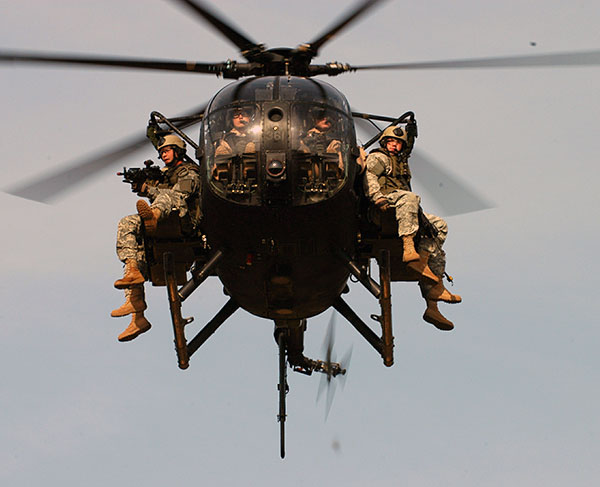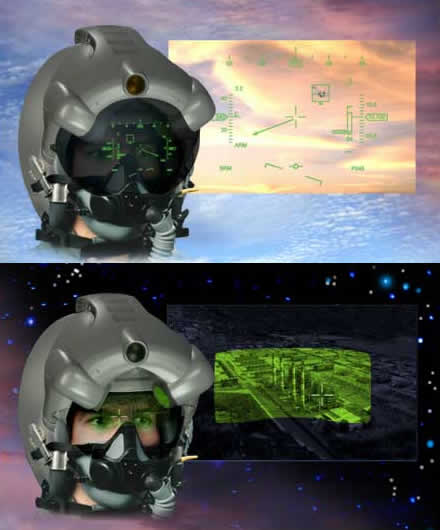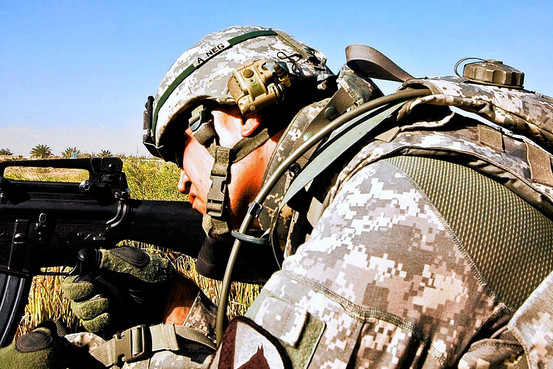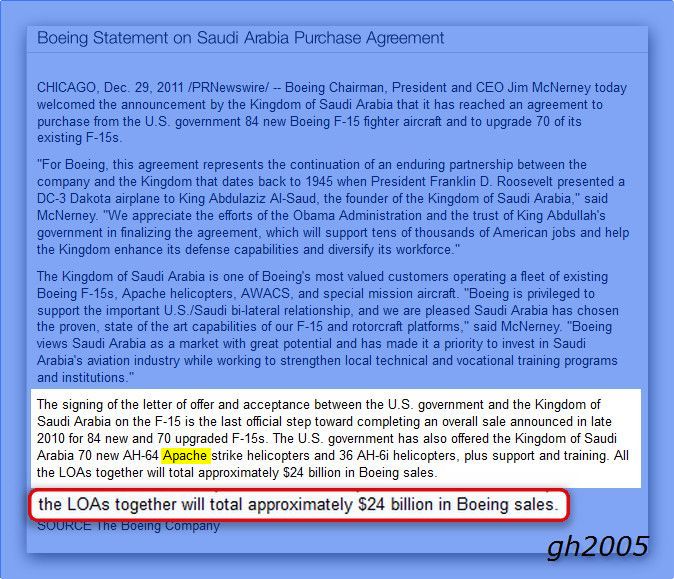أعلنت وزارة الدفاع الامريكية لسلاح الجو الاميركي منح عقد 11.4 مليار دولار إلى شركة بوينج لتغطية 84 طائرة مقاتلة من طراز F-15SA ونظم والذخائر التي سيتم بيعها للمملكة العربية السعوديه.
العقد يمثل جزءا كبيرا من إجمالي المبلغ المعلن 29.4 مليار دولار
كما اعلن في 30 ديسمبر الماضي بانه سيت دفع مبلغ 18 مليار دولار لتحديث 70 طائرة من طراز F-15S القديمة وكذلك لخدمات الدعم.
ومن المقرر بناء الطائرات الجديدة إلى أن يكتمل بحلول اكتوبر تشرين الاول عام 2020.
وأعلن عدد كبير من بلدان في الشرق الأوسط رغبتهم في ابرام صفقات لشراء الاسلحه في نهاية عام 2011 بما في ذلك صفقات مع العراق وسلطنة عمان ودولة الامارات العربية المتحدة
.
http://www.defensenews.com/article/...illion-Piece-Saudi-F-15-Deal?odyssey=nav|head


